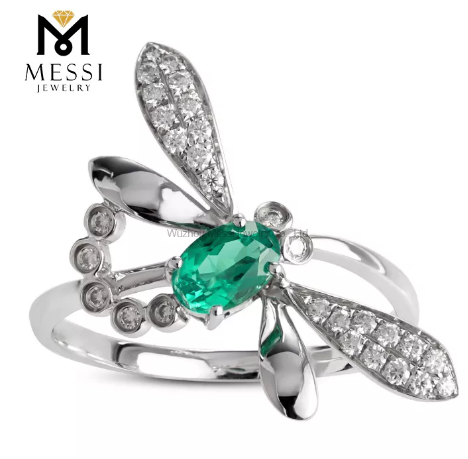Inside the Sparkle: Understanding Lab-Grown Diamonds
An important player in the world of jewelry is the lab-grown diamond, a gem that has sparked significant interest and attention. Lab-grown diamonds, as the name suggests, are diamonds produced in a controlled laboratory setting. They share the same physical, chemical, and optical properties as their natural counterparts, the key difference being the process of their creation. This is not a process that happens over millennia but instead, a feat of human ingenuity and technology that can occur within weeks or months. The lab grown diamond price is an essential element shaping this new sector, and as such, requires a closer look.
The Process Behind the Brilliance: Making Lab-Grown Diamonds
Lab-grown diamonds are typically produced using one of two techniques: High-Pressure High-Temperature (HPHT) or Chemical Vapor Deposition (CVD). Both methods essentially mimic the natural conditions under which diamonds form in the Earth's mantle, allowing for the creation of diamonds in a significantly shorter timeframe. The choice of method can impact the lab grown diamond price, with different costs associated with equipment, energy use, and the time required for diamond growth.
Affordability Unearthed: The Economics of Lab-Grown Diamonds
A compelling advantage of lab-grown diamonds is their relative affordability compared to natural diamonds. The elimination of mining expenses, along with the reduced time and resources involved in their creation, means that the lab grown diamond price can be up to 30-40% lower than that of a natural diamond of similar size and quality. This affordability has made diamonds more accessible to a broader demographic, presenting an attractive alternative for the budget-conscious jewelry buyer.
Market Dynamics: Lab-Grown Diamonds and the Jewelry Industry
The jewelry industry has felt the impact of the rise in popularity of lab-grown diamonds. As more consumers become aware of the economic and environmental benefits of these diamonds, the demand for them continues to grow. The competitive lab grown diamond price has reshaped the market dynamics, forcing industry players to reconsider their pricing strategies and product offerings.
Quality Matters: Lab-Grown Diamonds and the 4Cs
Despite their lower prices, lab-grown diamonds are not inferior to natural diamonds in terms of quality. They are evaluated on the same criteria as natural diamonds, known as the 4Cs: Cut, Color, Clarity, and Carat weight. Consequently, the lab grown diamond price is also influenced by these factors, ensuring that buyers get a high-quality diamond that meets their aesthetic preferences and budget.
Ethical Sparkle: The Added Value of Sustainability
Lab-grown diamonds carry an additional layer of value due to their reduced environmental impact. The production process is less damaging to the environment than traditional mining practices, making them a more sustainable choice. This ethical appeal often adds intangible value to the purchase, justifying the lab grown diamond price for many conscious consumers.
Looking Ahead: The Future of Lab-Grown Diamonds
The trend towards lab-grown diamonds shows no signs of slowing down. As technology continues to evolve, making the production process more efficient and affordable, it is likely that the lab grown diamond price will continue to be competitive. Coupled with growing consumer awareness and demand for sustainable alternatives, the future of lab-grown diamonds looks as bright as the gems themselves.
In essence, the economics of lab-grown diamonds offer a fascinating glimpse into the future of the jewelry industry. With their combination of affordability, quality, and sustainability, these diamonds present an attractive proposition for consumers and jewelers alike, underscoring the adage that, indeed, not all that glitters needs to be gold, or more appropriately, mined.

